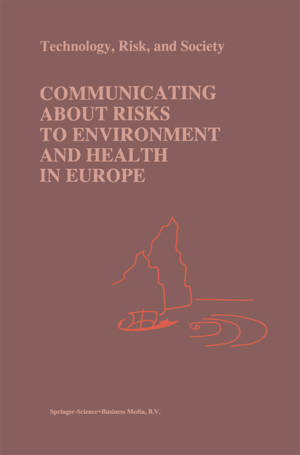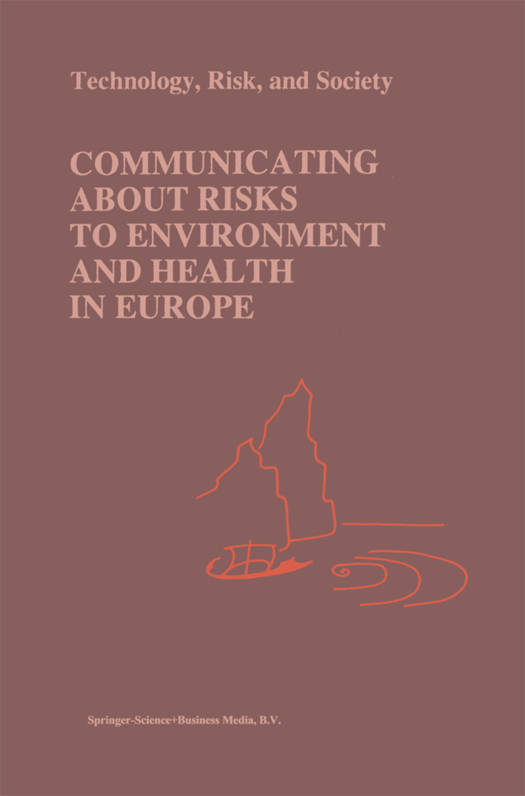
- Afhalen na 1 uur in een winkel met voorraad
- Gratis thuislevering in België vanaf € 30
- Ruim aanbod met 7 miljoen producten
- Afhalen na 1 uur in een winkel met voorraad
- Gratis thuislevering in België vanaf € 30
- Ruim aanbod met 7 miljoen producten
Zoeken
Communicating about Risks to Environment and Health in Europe
€ 251,45
+ 502 punten
Omschrijving
Public experience with risk communication differs greatly from country to country in Europe and there has been little opportunity for the transfer of experience and learning between countries. This is especially true for the many new European States, including the countries in transition from centralised to market economies.
This book presents case studies on risk communication. One of its unifying concepts is the role of risk communication in the risk management process. Technical and philosophical introductions to risk communication and risk management and research in risk communication are given.
The case studies themselves occupy the central portion of the book, each one covering a particular hazard, risk or situation seen from a particular point of view. The issue of the special circumstances for environmental and health risk communication in central and eastern Europe is also addressed through a separate presentation and discussion of an appropriate case study. A different approach to risk communication is taken by examining how it forms part of the risk management process at the local level. Research into risk perception, a field that forms an important foundation for many aspects of risk communication, is summarised and practical guidelines for risk communication are reviewed. These include discussions on how to carry out public information programmes and methods for increasing public involvement in risk management decisions.
This book presents case studies on risk communication. One of its unifying concepts is the role of risk communication in the risk management process. Technical and philosophical introductions to risk communication and risk management and research in risk communication are given.
The case studies themselves occupy the central portion of the book, each one covering a particular hazard, risk or situation seen from a particular point of view. The issue of the special circumstances for environmental and health risk communication in central and eastern Europe is also addressed through a separate presentation and discussion of an appropriate case study. A different approach to risk communication is taken by examining how it forms part of the risk management process at the local level. Research into risk perception, a field that forms an important foundation for many aspects of risk communication, is summarised and practical guidelines for risk communication are reviewed. These include discussions on how to carry out public information programmes and methods for increasing public involvement in risk management decisions.
Specificaties
Betrokkenen
- Uitgeverij:
Inhoud
- Aantal bladzijden:
- 410
- Taal:
- Engels
- Reeks:
- Reeksnummer:
- nr. 11
Eigenschappen
- Productcode (EAN):
- 9781441947765
- Verschijningsdatum:
- 9/12/2010
- Uitvoering:
- Paperback
- Formaat:
- Trade paperback (VS)
- Afmetingen:
- 160 mm x 240 mm
- Gewicht:
- 657 g

Alleen bij Standaard Boekhandel
+ 502 punten op je klantenkaart van Standaard Boekhandel
Beoordelingen
We publiceren alleen reviews die voldoen aan de voorwaarden voor reviews. Bekijk onze voorwaarden voor reviews.










